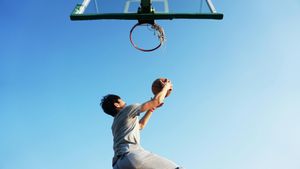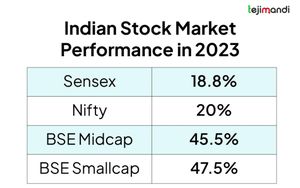Robotic swimming technologies have witnessed remarkable developments, drawing inspiration from the sophisticated swimming techniques found in nature. A recent study has focused on enhancing the efficiency of bio-inspired underwater robots by examining how varying the chordwise stiffness of their tails can optimize thrust generation and energy usage.
Researchers, led by H. Alqaleiby and M.R. Hajj, conducted numerical simulations to investigate the hydrodynamic performance of flexible swimming tails. Their findings, published in 2025, reveal significant insights on how adjustments to tail stiffness can affect propulsive efficiency. The research is pivotal for the evolution of autonomous underwater vehicles (AUVs), aiming at specific missions with limited power resources, such as search and rescue operations or underwater exploration.
The study begins by highlighting the competitive advantages of emulating natural swimmers, such as tuna, which utilize the thunniform swimming mode to achieve high speeds and sustained movement. Unlike conventional propeller-driven systems, these bio-inspired designs leverage the oscillations of flapping tails, resulting in more dynamic movement and reduced energy consumption. The researchers aimed to define specific performance limits based on maximum efficiency as influenced by tail design variables.
By varying the stiffness of the tail, the team found they could modulate tail deflections and the resultant fluid dynamics. Their work utilized technology to simulate how properties such as the Strouhal number—a dimensionless number describing the motion of oscillators, including fish tails—contributes to thrust generation. The research underscored the need for balancing thrust with efficiency, noting, “this ability is due to their passive deflections,” reinforcing how natural designs overcome energy limitations.
Results indicated dramatic differences between tails with uniform rigidity and those with variable stiffness. The latter consistently demonstrated superior thrust performance across varying swimming conditions without necessitating additional power expenditures. The research is clearly marked by specific findings: uniform stiffness settings did not yield the maximum efficiency, with the study stating, “a uniform stiffness setting... is not the same setting...” for enhancing thrust efficiency.
Measurements showed non-uniformly stiff tails contributed to higher propulsive efficiency. This is attributed to their mechanical properties, allowing for advantageous beam deflections under dynamic loads, which were evident during fluid interactions. The researchers clarify, “to produce thrust without requiring increased power...” was achievable with optimal non-uniform stiffness profiles.
This range of findings is significant as it suggests pathways for future improvements not only for swimming robots but also for applications across other fields where fluid dynamics play a decisive role. With autonomy and efficiency at the forefront of underwater robotics development, these insights pave the way for designs capable of maximizing output with minimized energy requirements.
Further investigations will likely expand on these preliminary findings, integrating the influence of different designs and materials to fine-tune the efficiency of robotic swimming mechanisms.



